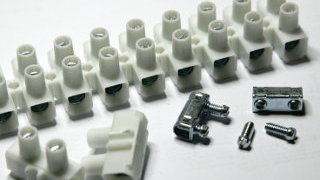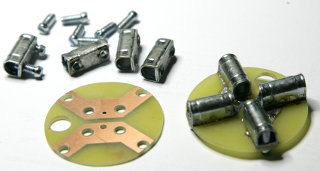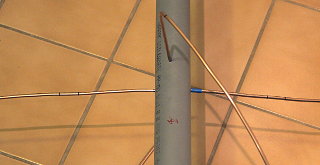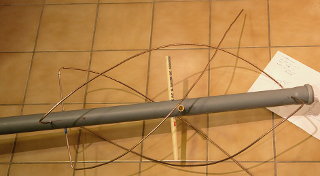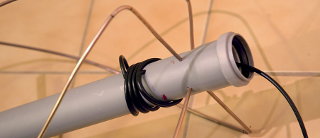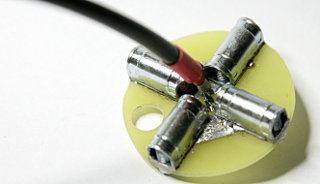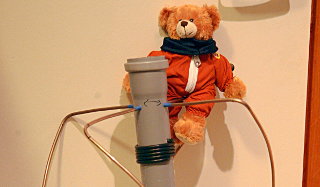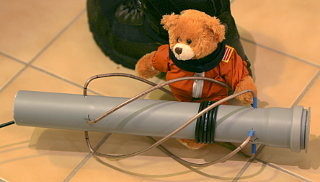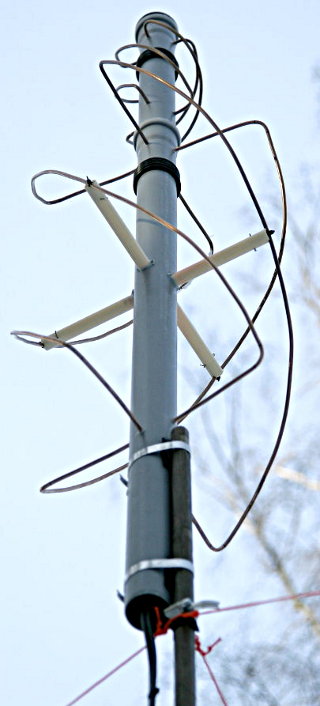
I had used my FT-897 exclusively on HF, and only found myself on VHF and UHF after buying my Wouxun handheld. Thereafter I finally began considering what kind of VHF/UHF station antennas I should build for my QTH.
After looking at various dualband antennas like the VHF/UHF groundplane antenna presented in the ARRL Handbook, and the ubiquitous J-poles with their various improvements for dualband operation, I got to thinking about satellites. There's still an easy FM bird or two up there, and of course the ISS. Since the local VHF and UHF repeaters are very strong at my QTH, any antenna at all would do for accessing them. So I might just as well optimize my antennas for sky coverage, and try my luck with the sats—I'd still be able to work the repeaters just fine.
Eggbeater or QHA?
Eggbeater antennas are very popular for amateur satellite use, and have the additional advantage of being able to switch between right-hand and left-hand circular polarization (RHCP and LHCP). But having used QHAs for various uses such as GPS reception and telemetry transmission from an amateur rocket, I was already familiar with them and their radiation patterns and polarization characteristics. Also, the QHA's polarization remains circular down to the horizon, whereas the Eggbeater becomes horizontally polarized—not so hot for the vertically polarized terrestrial repeaters!
Also, QHAs look totally cool.
Thus I chose to build a pair of QHAs, one for 2 m and one for 70 cm. A diplexer is of course needed to connect both to the single antenna connector of a dualband radio, but these are relatively cheap (and I suppose quite easy to make as well). I finally went for a triplexer (a Diamond MX-3000N) which also includes the 23 cm band, just in case. For the time being, the 23 cm port is populated by a 50-ohm termination.
RHCP or LHCP?
This is where an Eggbeater scores over a QHA—a relay-switchable phasing line can be used to switch polarization between RHCP and LHCP. With the QHA, I had to choose one. I arbitrarily chose RHCP, since that's what weather satellites use (who knows, I might try receiving those some day, as 137 MHz isn't that far from the 2 m amateur band). Amateur satellites mostly use linear polarization, so choice between RHCP and LHCP isn't critical.
Since the structure of the QHA is quite hollow, I would very much have liked to build the smaller 70 cm antenna inside the larger 2 m one. I did a lot of simulations on this, and finally decided it wasn't worth the trouble. I built them separately, and mounted them on top of each other. Below are some notes on the construction of these antennas, and here I've outlined what I learned from the simulations. There's also a program I've used to make NEC2 models of QHAs.
